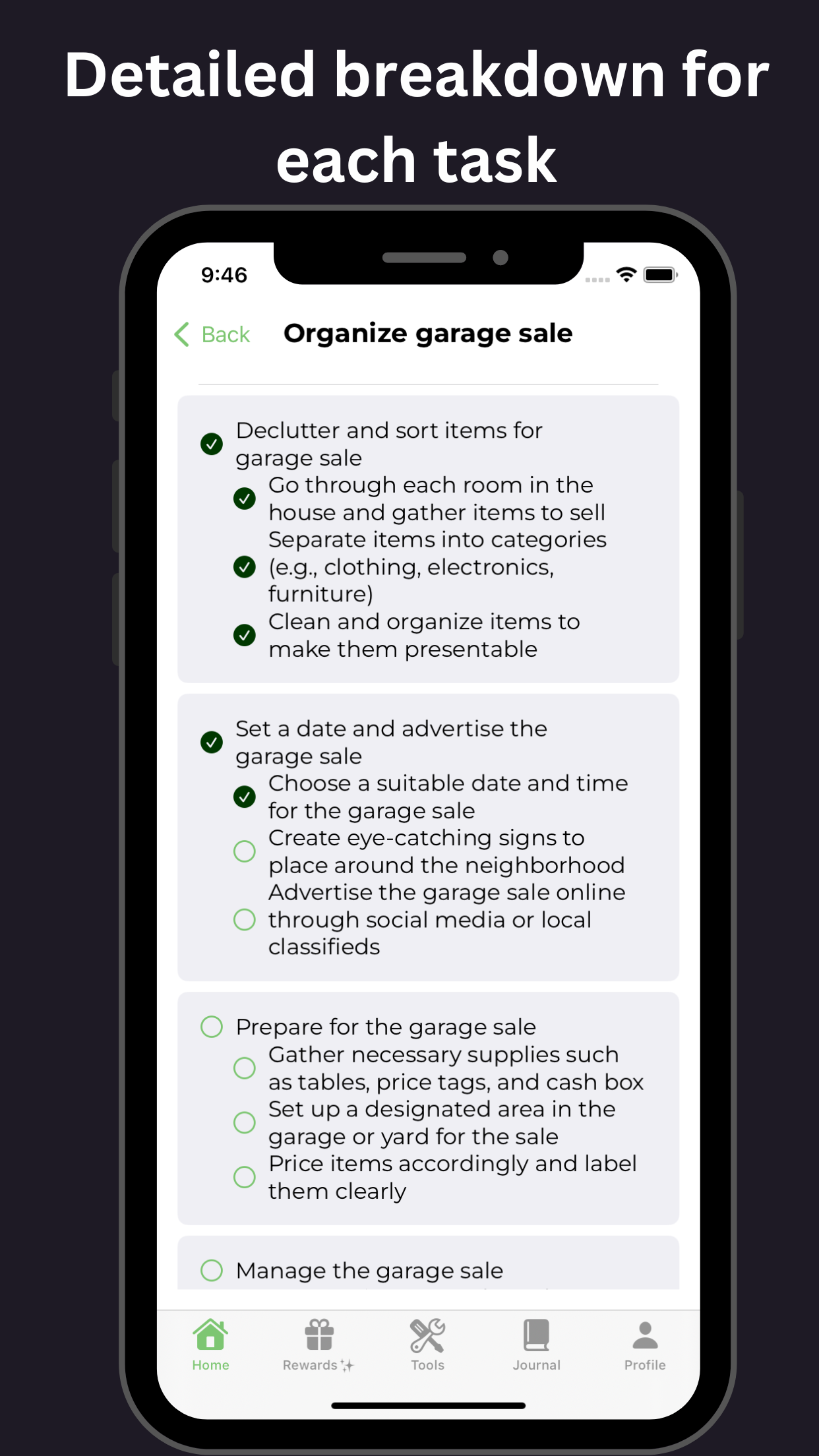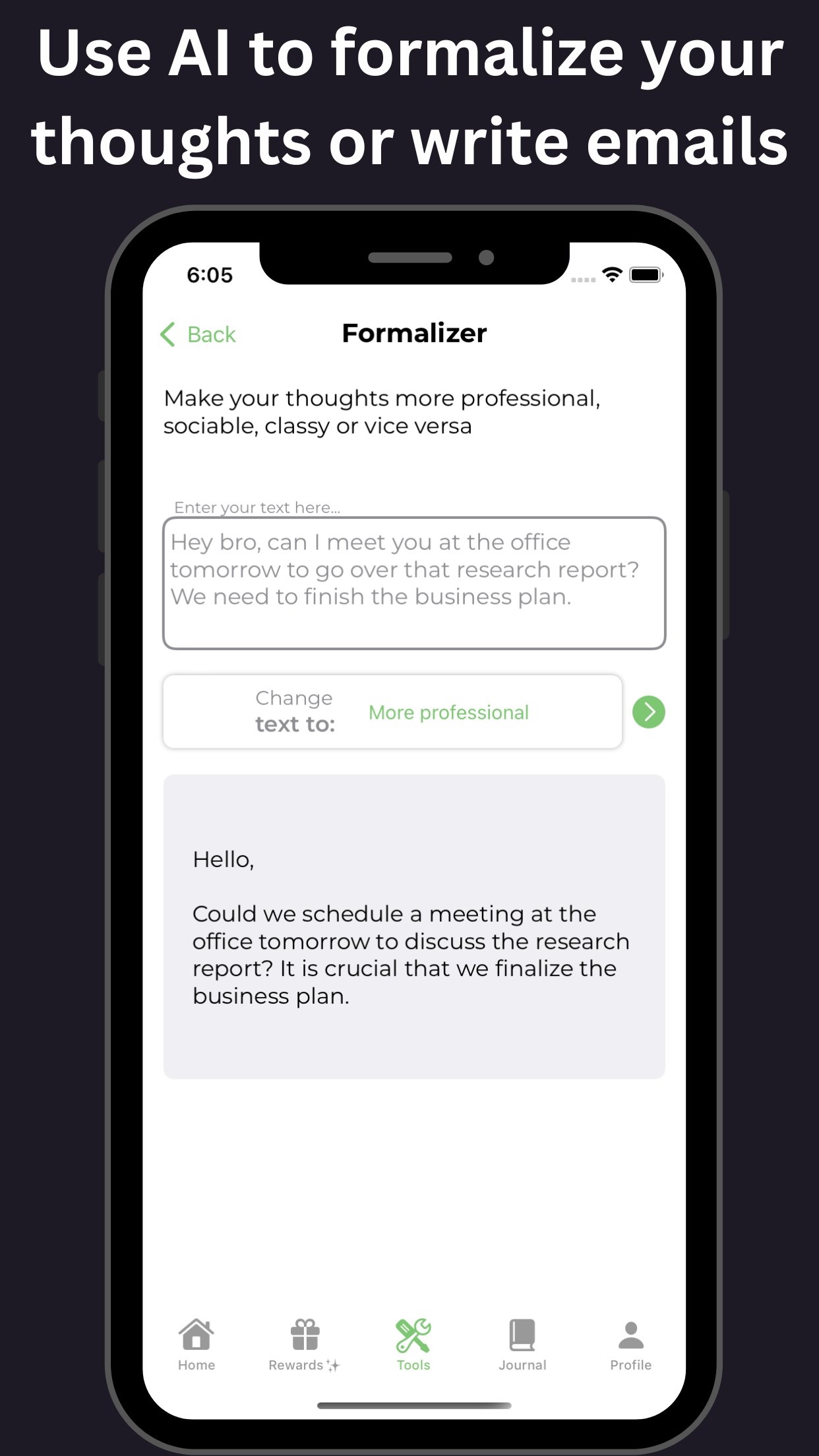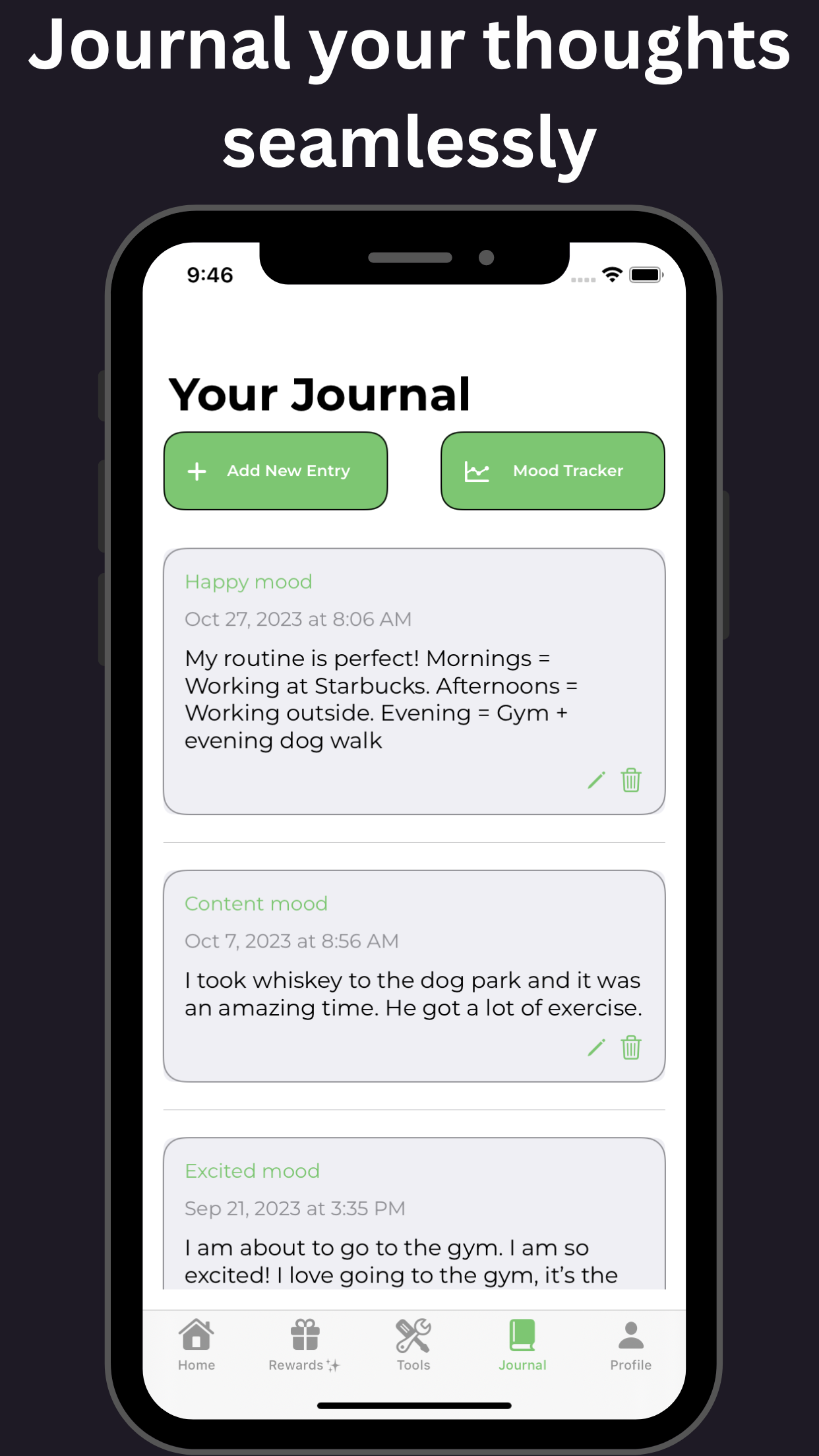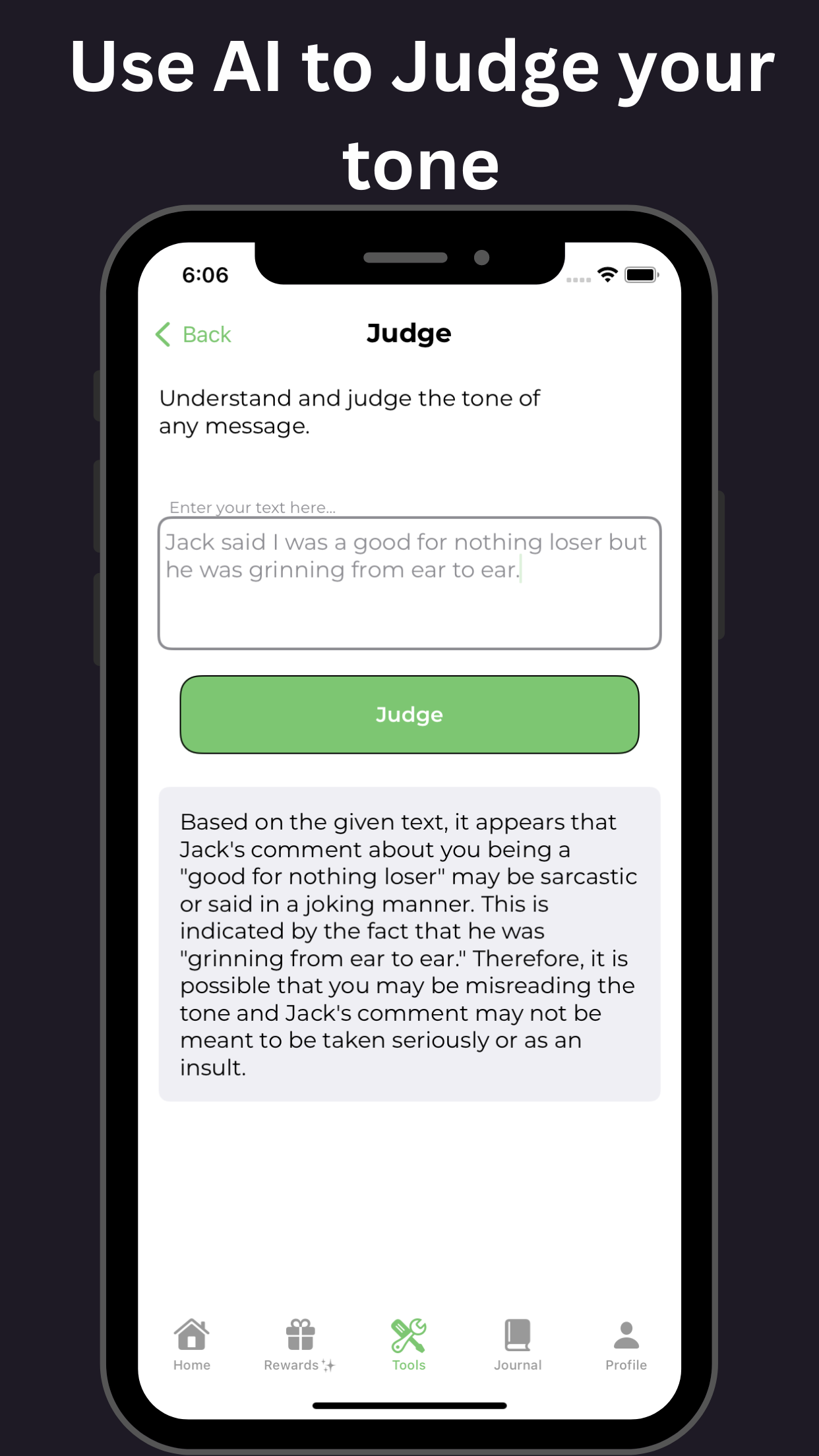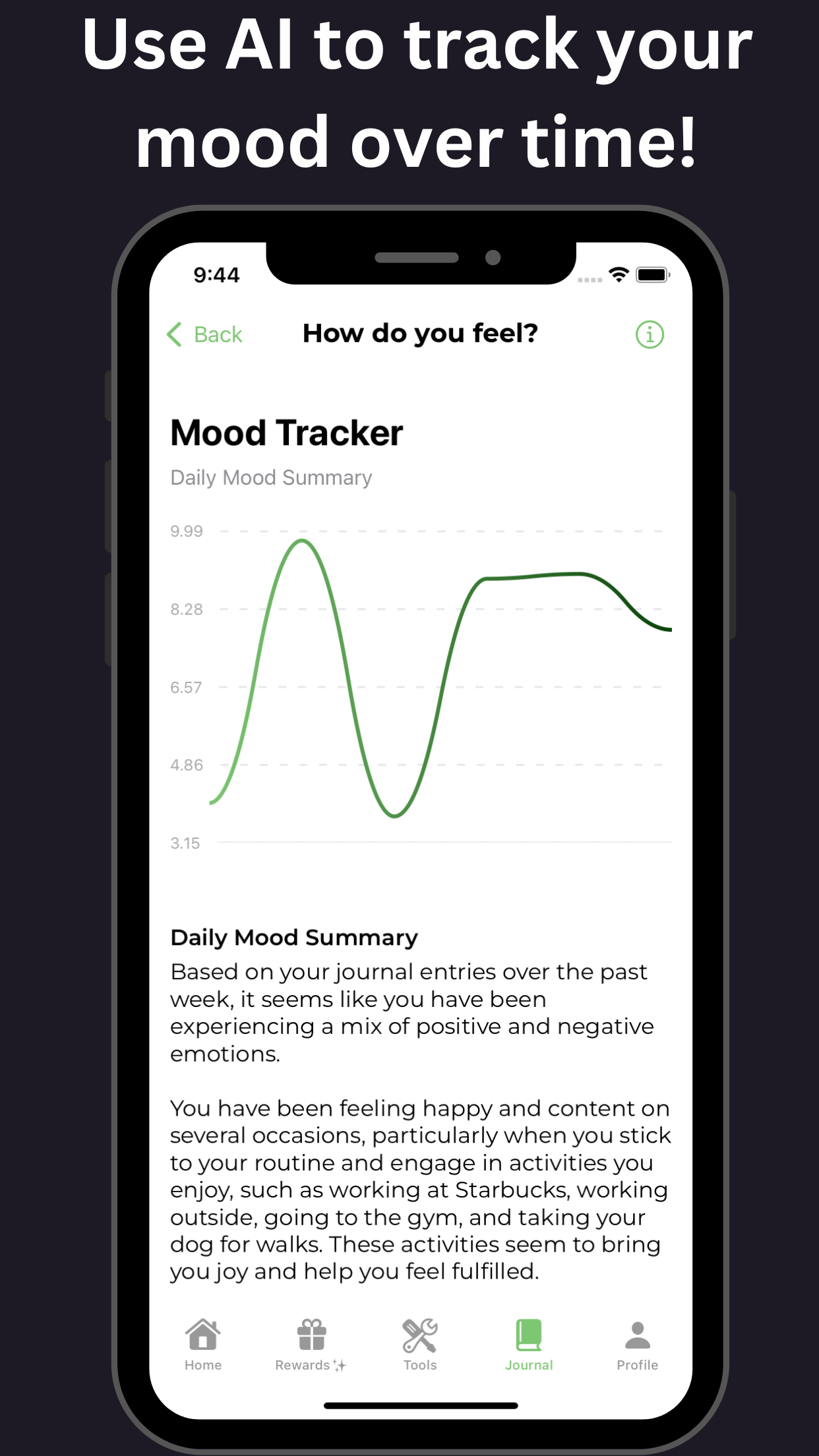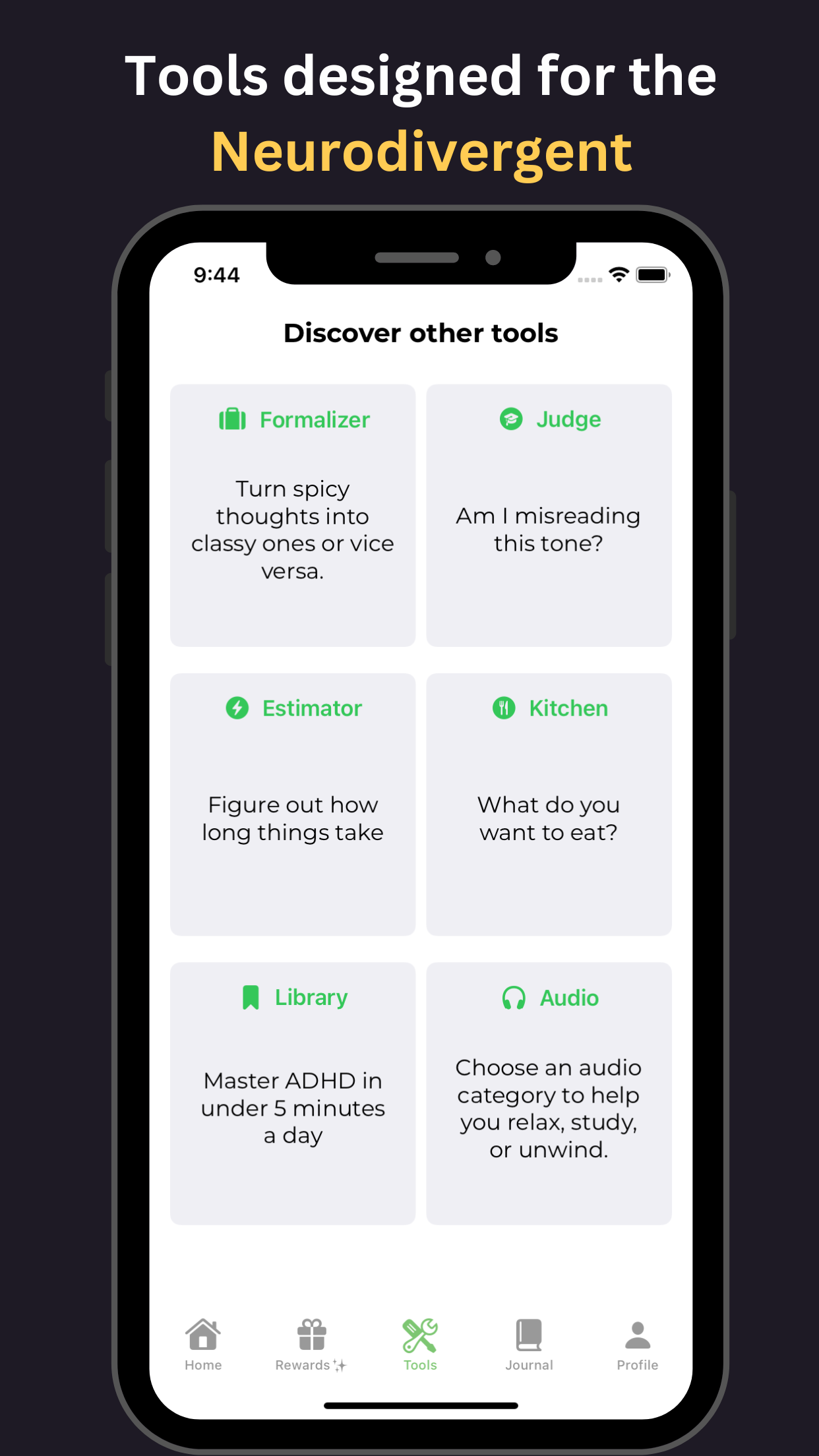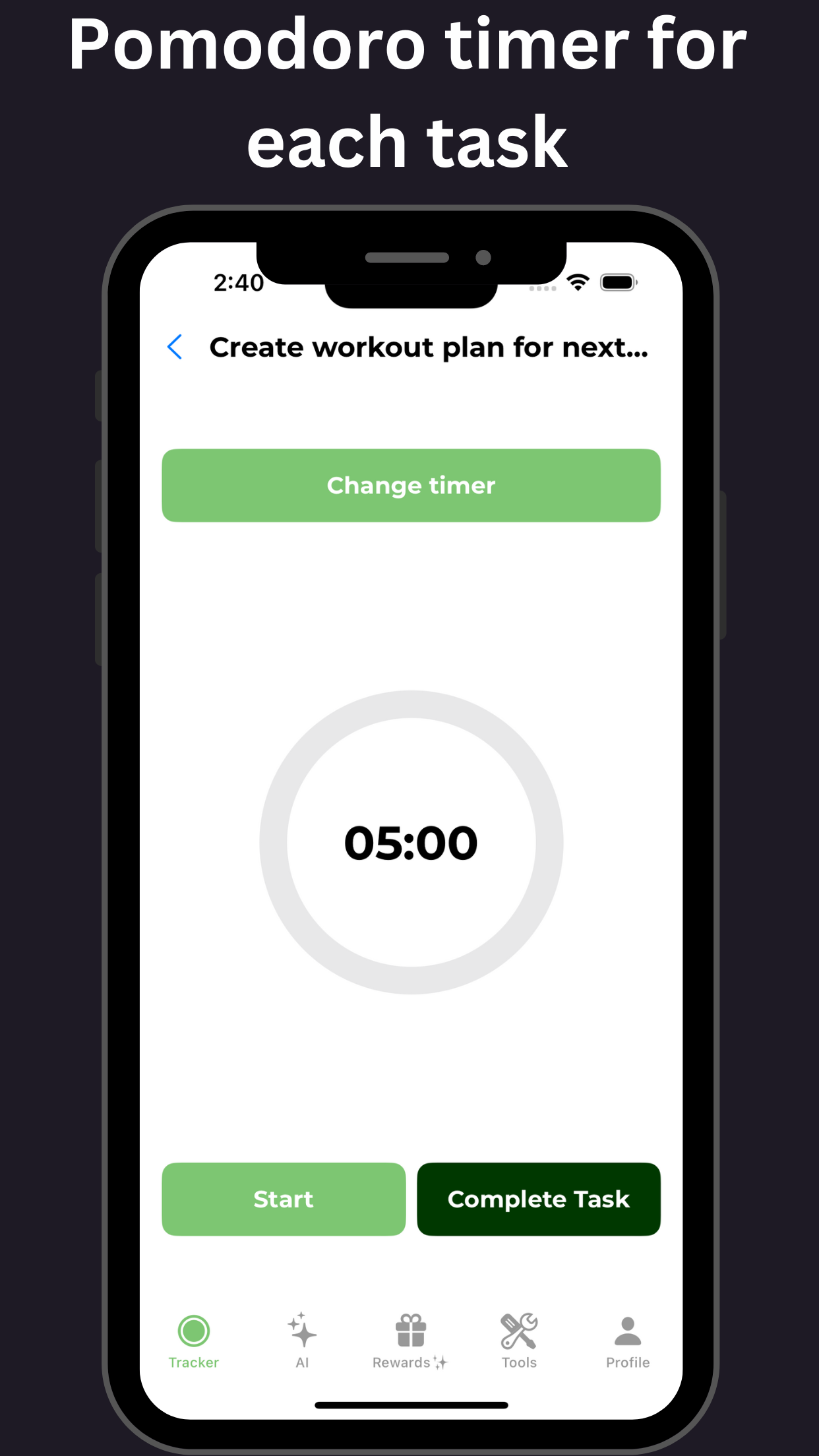Mastering Out of Sight Out of Mind ADHD: Strategies for Overcoming Common Organization Challenges
Key Takeaways
| Key Takeaway | Description |
|---|---|
| 1. Out of sight, out of mind is a common experience for individuals with ADHD | This phenomenon occurs when individuals forget tasks, objects, or information when they are not visually present. |
| 2. Visual reminders are essential for individuals with ADHD | Writing down tasks, using post-it notes, or setting reminders on devices can help individuals with ADHD remember important tasks and deadlines. |
| 3. Organization and structure are critical for managing ADHD | Implementing organizational systems, such as categorizing tasks or using a planner, can help individuals with ADHD stay on top of tasks and responsibilities. |
| 4. Routine and consistency are key for individuals with ADHD | Establishing a daily routine and performing tasks at the same time every day can help individuals with ADHD stay focused and on track. |
| 5. Breaking tasks into smaller steps can help with task initiation | Dividing large tasks into smaller, manageable steps can help individuals with ADHD overcome procrastination and initiate tasks more easily. |
| 6. Accountability and support systems are crucial for individuals with ADHD | Having a support system in place, such as a therapist, coach, or accountability partner, can help individuals with ADHD stay motivated and focused. |
| 7. Technology can be a powerful tool for individuals with ADHD | Utilizing digital tools, such as apps and reminders, can help individuals with ADHD stay organized and on track. |
| 8. Self-awareness and understanding are essential for managing ADHD | Recognizing personal strengths, weaknesses, and patterns can help individuals with ADHD develop strategies to overcome challenges and achieve success. |
Introduction to Object Permanence and ADHD: Understanding the Connection
Here is a summary of the topic:
"Understanding the Connection between Object Permanence and ADHD: Demystifying the 'Out of Sight, Out of Mind' Phenomenon in ADHD Individuals. In individuals with Attention Deficit Hyperactivity Disorder (ADHD), the concept of object permanence is often affected, leading to the 'out of sight, out of mind' phenomenon. This article delves into the connection between object permanence and ADHD, exploring how individuals with ADHD tend to forget or lose interest in tasks, objects, or activities once they are no longer in their direct line of sight. We'll examine the underlying cognitive and neurological mechanisms driving this phenomenon and discuss practical strategies to combat the 'out of sight, out of mind' mindset, empowering individuals with ADHD to better manage their daily lives."

How ADHD Affects Working Memory and Object Permanence
Here is a summary for a blog article on "How ADHD Affects Working Memory and Object Permanence: Understanding 'Out of Sight, Out of Mind' ADHD":
"Individuals with Attention Deficit Hyperactivity Disorder (ADHD) often struggle with working memory and object permanence, leading to the phenomenon of 'out of sight, out of mind ADHD.' This means that if an object or task is not visually present, it can be easily forgotten or overlooked. ADHD affects working memory by reducing the ability to hold and manipulate information in the mind, making it difficult to recall tasks, appointments, or even the location of personal belongings. Object permanence, or the understanding that objects continue to exist even when out of sight, is also impaired in individuals with ADHD. This can lead to misplaced items, forgotten tasks, and a sense of disorganization. Understanding how ADHD impacts working memory and object permanence can help individuals develop strategies to improve their daily functioning and reduce the stress associated with 'out of sight, out of mind ADHD.'"
The Impact of 'Out of Sight, Out of Mind' on Daily Life with ADHD
"'Out of sight, out of mind' - a common phenomenon that significantly impacts daily life for individuals with Attention Deficit Hyperactivity Disorder (ADHD). This concept refers to the tendency to forget or overlook tasks, objects, or information that are not visible or readily accessible. For people with ADHD, 'out of sight, out of mind' can lead to forgotten appointments, misplaced items, and incomplete tasks, resulting in feelings of frustration, anxiety, and disorganization. By understanding the effects of 'out of sight, out of mind' on daily life with ADHD, individuals can develop strategies to compensate for this tendency, such as using visual reminders, implementing organizational systems, and creating routines to stay on track and maintain productivity."
The Science Behind Object Permanence: A Developmental Milestone
Here is a summary for a blog article on "The Science Behind Object Permanence: A Developmental Milestone" with a focus on 'out of sight out of mind ADHD':
"Discover the fascinating science behind object permanence, a critical developmental milestone that affects individuals with ADHD, where 'out of sight, out of mind' tendencies prevail. Object permanence is the understanding that objects continue to exist even when they are out of sight, a concept that typically develops in infants around 6-12 months. In individuals with Attention Deficit Hyperactivity Disorder (ADHD), this milestone may be delayed or impaired, leading to difficulties with organization, memory, and attention. Learn how the 'out of sight, out of mind' phenomenon in ADHD can be addressed through strategies that enhance working memory and improve executive function skills."
Debunking the Myth: Is Object Permanence a Symptom of ADHD?
Here is a summary for a blog article on debunking the myth about object permanence and ADHD, optimized for the long-tail keyword 'out of sight out of mind ADHD':
"Debunking the myth: is object permanence a symptom of ADHD? Many people believe that individuals with ADHD suffer from 'out of sight, out of mind ADHD,' a phenomenon where they forget or misplace items due to lack of object permanence. However, research suggests that this is a myth with no scientific basis. In reality, people with ADHD are fully capable of understanding object permanence, and their struggles with organization and memory are rooted in working memory deficits and executive function challenges. Dive into the truth behind the myth and learn how to manage 'out of sight, out of mind ADHD' symptoms with practical strategies and accommodations."
Real-Life Examples of Object Permanence Issues in ADHD
Here's a summary of real-life examples of object permanence issues in ADHD, specifically focusing on the concept of 'out of sight, out of mind' in ADHD:
- Important items, such as wallets, phones, or keys, when they are not in plain sight
- Assignments or tasks at work or school when they are not physically present
- Appointments or deadlines when they are not written down or visible
- Where they placed essential items, such as their car keys or purse, if not in their direct line of sight
- To follow through on commitments or tasks when they are no longer visually reminded
- To complete tasks or projects when the necessary materials are not within sight.
These everyday challenges can significantly impact daily life, relationships, and productivity for individuals with ADHD. By acknowledging and addressing object permanence issues, individuals with ADHD can develop strategies to improve their memory, organization, and overall functioning.
How ADHD Affects Relationships: The 'Out of Sight, Out of Mind' Phenomenon
Individuals with Attention Deficit Hyperactivity Disorder (ADHD) often struggle with maintaining relationships due to the 'out of sight, out of mind' phenomenon, a common experience for those affected by ADHD. This phenomenon occurs when individuals with ADHD tend to forget about their loved ones, friends, or acquaintances when they are not physically present, leading to feelings of neglect and abandonment. This article delves into the complexities of how ADHD affects relationships, exploring the 'out of sight, out of mind' phenomenon and its impact on personal and professional relationships. By understanding this aspect of ADHD, individuals can take proactive steps to nurture and maintain meaningful connections despite the challenges posed by this neurodevelopmental disorder.
Strategies for Coping with Object Permanence Deficits in ADHD
Here is a summary for a blog article about 'Strategies for Coping with Object Permanence Deficits in ADHD: Overcoming 'Out of Sight, Out of Mind' ADHD':
Individuals with Attention Deficit Hyperactivity Disorder (ADHD) often struggle with object permanence deficits, resulting in the phenomenon of 'out of sight, out of mind ADHD.' This cognitive challenge makes it difficult for people with ADHD to remember objects or tasks that are not within their immediate line of sight. To overcome this obstacle, it's essential to develop strategies that promote organization, visualization, and reminders. Effective coping mechanisms include using visual reminders, such as post-it notes or calendars, to keep tasks and objects top of mind. Additionally, utilizing designated storage spaces and labeling items can help individuals with ADHD keep track of their belongings. Implementing routines and checklists can also improve memory and reduce forgetfulness. By adopting these strategies, individuals with ADHD can better manage their daily lives and reduce the frustration associated with 'out of sight, out of mind ADHD.'
Technology and Tools to Help with Object Permanence in ADHD
Individuals with ADHD often struggle with object permanence, where out of sight means out of mind. Fortunately, various technologies and tools can help alleviate this challenge. Utilize reminders on smartphones or tablets to keep track of tasks and appointments. Implement digital calendars like Google Calendar or Apple Calendar to stay organized. Visual reminders like post-it notes or sticky notes can be replaced with digital alternatives like Evernote or OneNote. Consider investing in a smart speaker with a virtual assistant like Alexa or Google Assistant to set reminders and alarms. Additionally, utilize object-tracking devices like Tile or TrackR to keep tabs on frequently misplaced items. By leveraging these technologies and tools, individuals with ADHD can better cope with the 'out of sight, out of mind' phenomenon, leading to improved organization and productivity.
Conclusion: Embracing Strategies for Success with Object Permanence and ADHD
Mastering Object Permanence: Strategies for Overcoming 'Out of Sight, Out of Mind' ADHD Challenges. Individuals with ADHD often struggle with object permanence, where 'out of sight, out of mind' mentality hinders productivity and organization. Embrace these actionable strategies to overcome ADHD-related forgetfulness, improve memory recall, and achieve success: create visual reminders, utilize transparent storage, establish routines, and leverage technology to stay on track and maintain focus. By implementing these techniques, individuals with ADHD can overcome the 'out of sight, out of mind' phenomenon and unlock their full potential.
Important Sources
| What to know about object permanence and ADHD - Medical News Today | Object permanence is the ability to understand that objects exist when they are out of sight. It is not a medical condition or symptom of ADHD, but it may be related to inattention and forgetfulness. Learn how object permanence affects people with ADHD in different ways, such as losing items, forgetting tasks, and forming relationships. |
| How Adults with ADHD Think: Understanding the Neurology of ADD - ADDitude | For a person with ADHD, information and memories that are out of sight are out of mind. Her mind is a computer in RAM, with no reliable access to information on the hard drive. Working memory is the ability to have data available in one's mind, and to be able to manipulate that data to come up with an answer or a plan of action. |
| "If I can't see it, it doesn't exist": ADHD, Working Memory, and Object ... | "Out of sight, out of mind" isn't a problem if everything is always in your sight. I am in no way advocating for you to embrace a life of mess, because eventually things will be put out of sight by the growing piles of clutter. Just remove the physical barrier to forgetting things - clear storage bins are an ADHD brain's best friend. |
| ADHD Symptom Spotlight: Object Permanence - Verywell Mind | ADHD Symptom Spotlight is a series that dives deep into a hallmark or overlooked symptom of ADHD each week. This series is written by experts who also share their tips on managing these symptoms based on firsthand experience and research-backed insights. Object permanence refers to the ability to understand that objects still exist even when ... |
| Object permanence is NOT a symptom of ADHD (out of sight, out of mind?) | ADHD symptoms 'Out of sight, out of mind' is not the same thing as object permanence Object permanence is a developmental milestone – not an ADHD symptom Object constancy examples. Many people with ADHD struggle with remembering simple tasks, like paying bills or responding to texts. This has been commonly attributed to the whole 'out of ... |
| ADHD Object Permanence - The Mini ADHD Coach | Object permanence issues, or the lack thereof, can manifest as an ADHD symptom, particularly in adults. This isn't something the American Psychiatric Association widely discusses, as it's not an official symptom. Still, personal experience and anecdotal reports suggest it's a real struggle, and 'out of sight, out of mind' often has a ... |
| Object Permanence & ADHD: 'Out of Sight, Out of Mind' - 10018 | Object Permanence and ADHD: The “Out of Sight, Out of Mind” Phenomenon Explained. March 16, 2023 by Julia Fagan. If you asked someone how their ADHD affects their daily life, many people would describe their difficulty remembering to complete tasks or their tendency to misplace objects. For example, someone with ADHD might be focused on ... |
| Object Permanence with ADHD: Challenges and How to Cope - Healthgrades | Object permanence means recognizing that objects still exist even when they are out of sight. This is a milestone of childhood development. For people with attention deficit hyperactivity disorder (ADHD), challenges with object permanence can make it difficult to follow treatment plans, organize tasks, or maintain relationships. An estimated 9.4% Trusted Source Centers for Disease Control and ... |
| Object Permanence in ADHD: Exploring the Link — Talkspace | The link between object permanence and ADHD can stem from a difficulty in staying focused, especially if something isn't present or stimulating in some way. The out-of-sight, out-of-mind mindset can affect both children and adults with ADHD. For example, a child might forget about a toy once they're not playing with it, just as adults might ... |
| How ADHD Affects Object Permanence - Choosing Therapy | ADHD Management Tools. Free Trial. Object permanence is the understanding that objects continue to exist despite being out of sight. Individuals with ADHD often struggle with this concept, meaning they can easily forget about tasks, events, or items that are otherwise outside of their current perspective. Over time, object permanence deficits ... |
